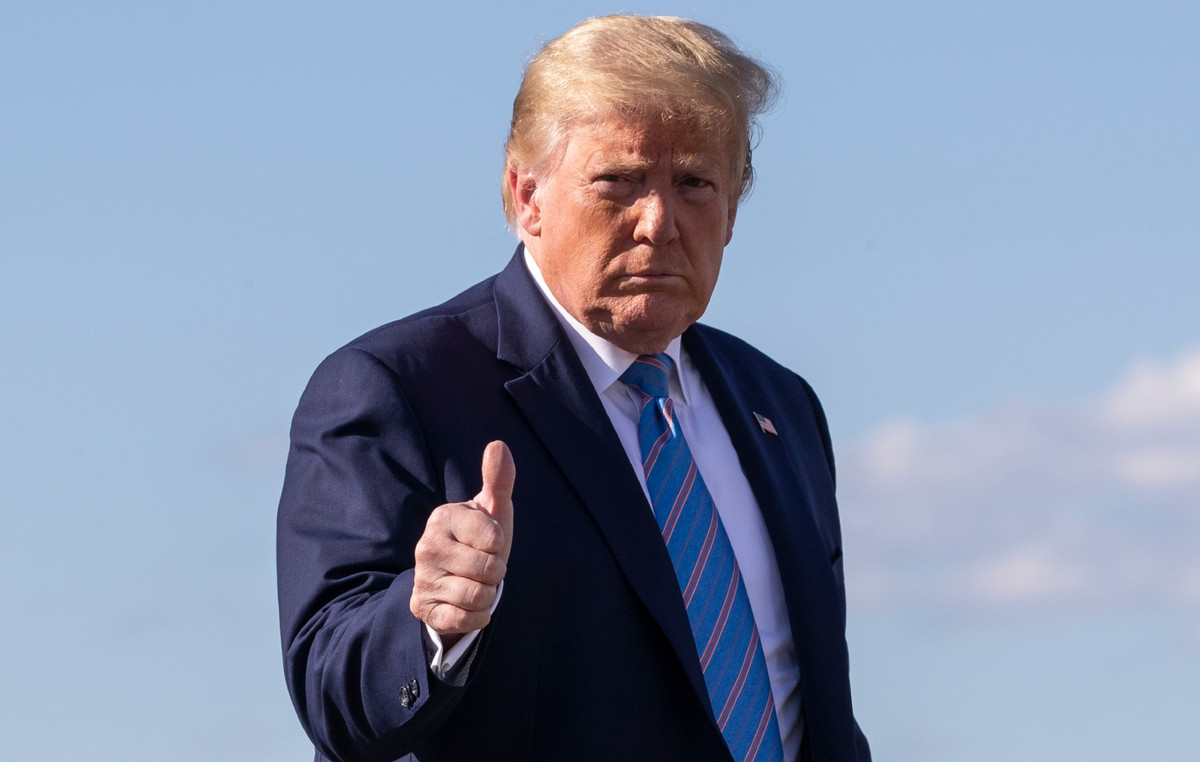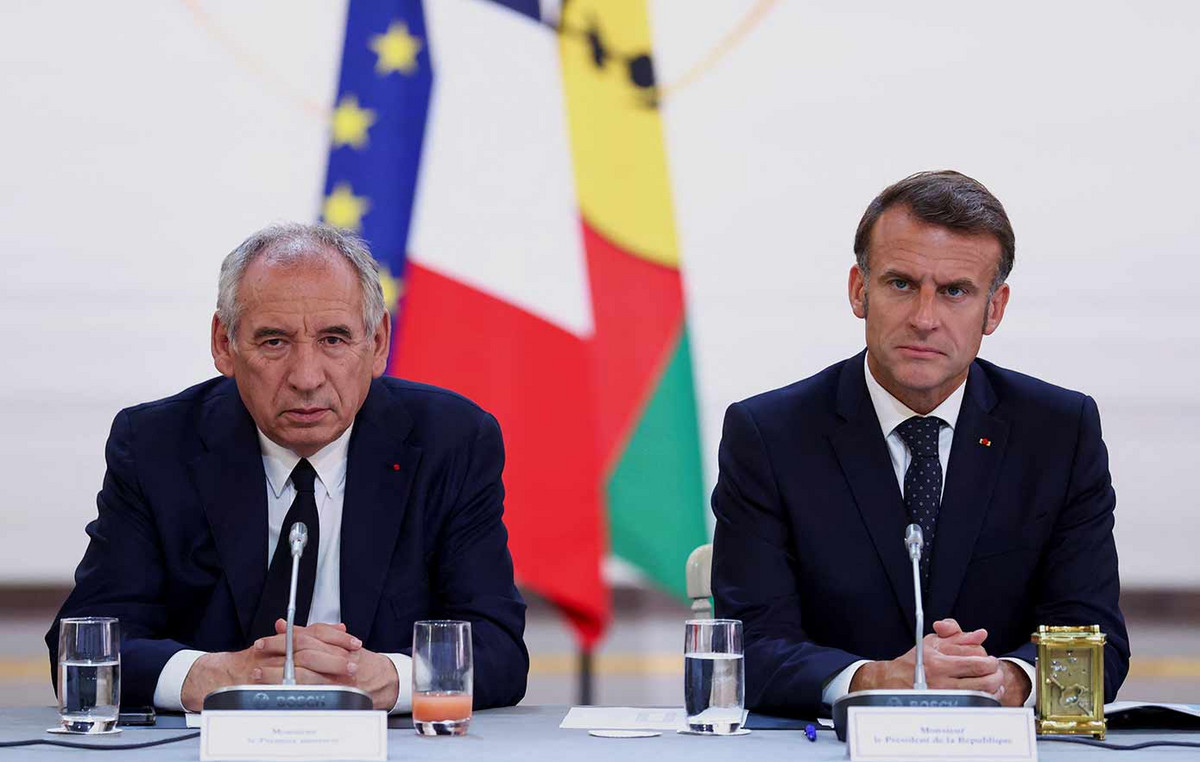- EUR/USD extends its winning streak to seven days, around 1,1726 after reaching a maximum of several years of 1,1754.
- The US dollar is pressed by Trump’s comments, mixed macroeconomic data and Fed cuts bets.
- Attention focuses on the preliminary inflation data of the EUROZONA and the US PMI ISM next week.
The euro (EUR) rises for the eighth consecutive day against the US dollar (USD) on Friday, since the dollar remains under pressure in the middle of a combination of winds against politicians and economic. The renewed criticism of the President of the Federal Reserve (FED), Jerome Powell, by the president of the US, Donald Trump, the decrease in geopolitical tensions and a series of mixed economic data from the US are feeding the expectations of a Fed rates cut, which weighs on the US dollar.
The EUR/USD remains slightly above the day – with an increase of 0.20% – and reached its highest level since September 2021 in 1,1754. At the time of writing, the PAR RONDA 1,1726 during the American session.
Meanwhile, the American dollar index (DXY) continues its decrease, although the price action is largely lateral on Friday, with the index finding support just above the 97.00 mark after optimistic inflation figures of the underlying personal consumption spending (PCE).
The PCE General Price Index rose an intermencing 0.1% in May, equalizing the April rhythm and consensus forecasts. However, the underlying PCE Index – closely monitored by the Fed – submitted 0.2% in the month, exceeding previous expectations and readings. In interannual terms, the underlying PCE accelerated to 2.7% from a 2.6% reviewed, pointing out persistent underlying inflation and complicating the calculation of feat cuts from the Fed.
Even so, markets largely reduced to increased inflation, choosing instead focusing on the broader deceleration of economic activity. The US economy contracted 0.5% in the first quarter of 2025 – his first decrease in three years – while consumer spending and personal income also showed signs of weakness. The combination of weak growth and political pressure on Fed has strengthened the case for a policy relief in the coming months.
The member of the Governing Council of the European Central Bank (ECB), Klaas Knot, adopted a cautious tone on Friday, suggesting that the current interest rate – now seen as neutral – is “a good place to be.” Although he did not rule out the possibility of another rate cut, Knot emphasized that the risks of inflation are “bidirectional,” and the ECB could “need to keep the rates without changes for some time.” Their comments underline a data -dependent approach, reinforcing the opinion that the Central Bank is in no hurry to relieve more after its rate cut in June.
Reflecting this cautious posture, the swaps market continues to value only a 25 basic points of the ECB in the next 12 months, with the expected policy rate to play bottom around 1.75%.
Looking ahead, EUR/USD operators will be observing the preliminary inflation data of the Eurozone and the publications of the purchasing managers index (PMI) ISM of the USA next week in search of more directional signals, with a sustained breakdown above 1,1745 potentially opening the door to the psychological barrier of 1,1800.
Source: Fx Street
I am Joshua Winder, a senior-level journalist and editor at World Stock Market. I specialize in covering news related to the stock market and economic trends. With more than 8 years of experience in this field, I have become an expert in financial reporting.







